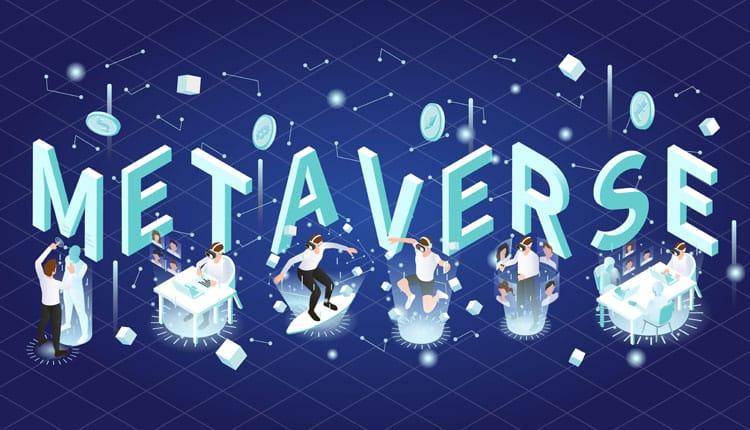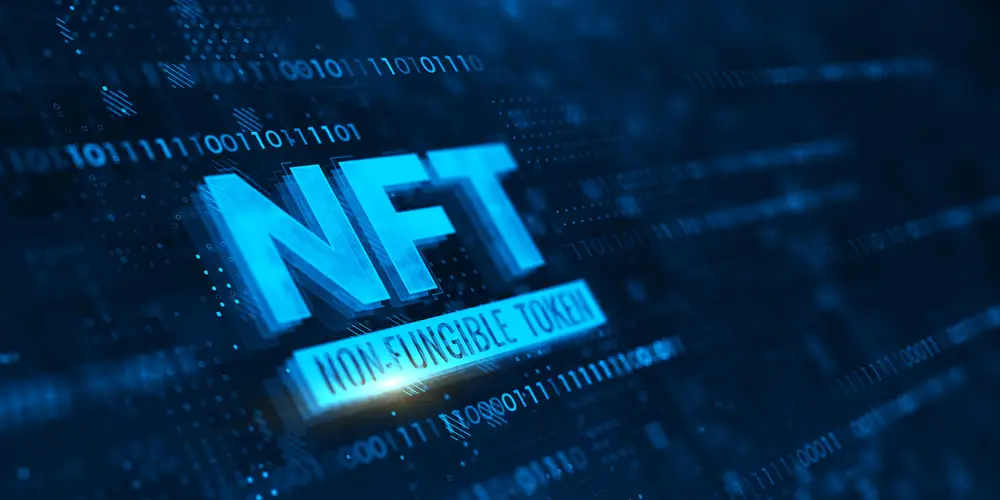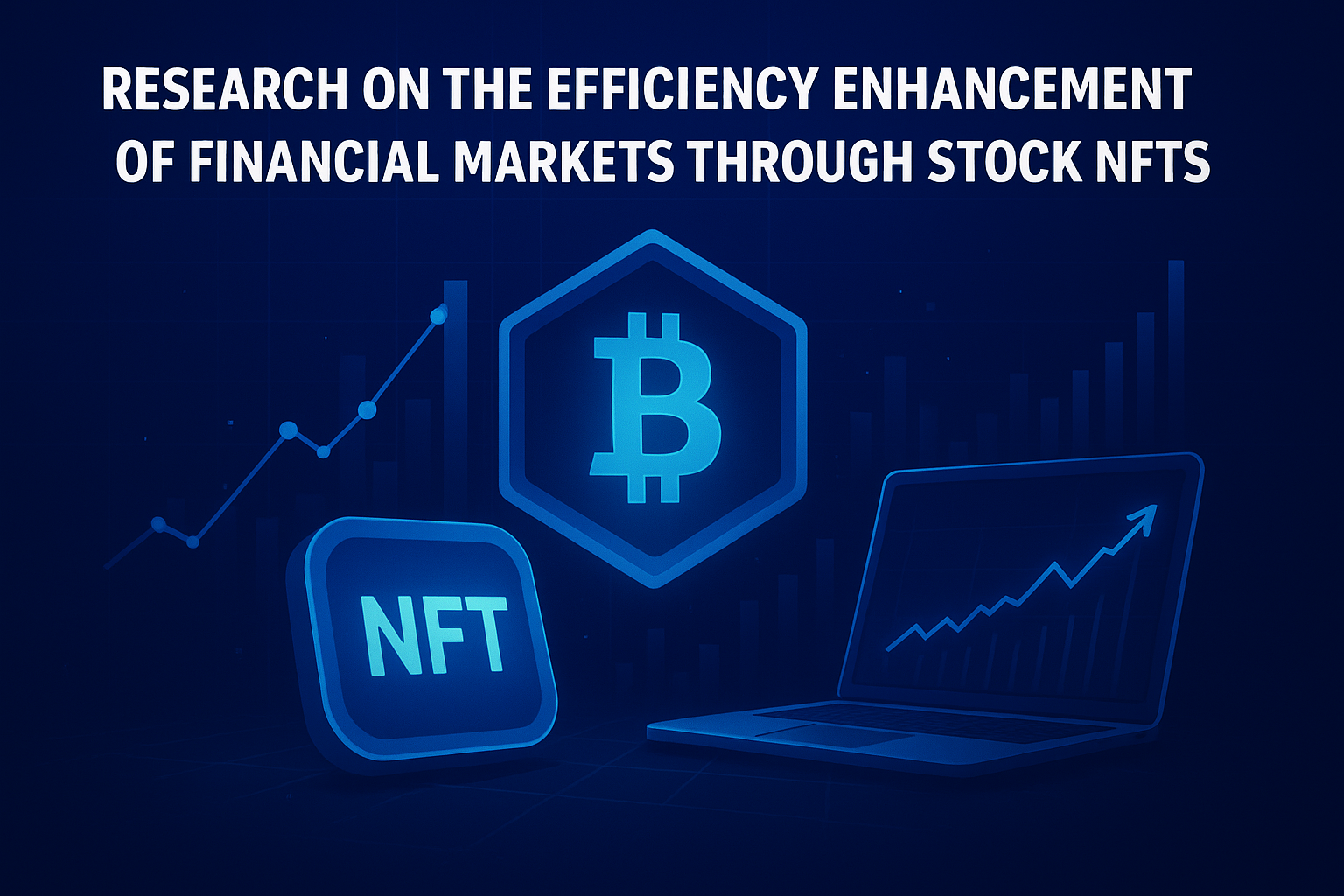

In recent years, with the rapid development of the metaverse and blockchain technology, a new asset class—Metaverse Stock NFTs (Non-Fungible Tokens)—has gradually emerged. Metaverse Stock NFTs combine traditional stock markets with the metaverse and NFT technology, providing investors with innovative investment opportunities and bringing profound changes to the financial industry. This article explores the development trends, potential impacts, and challenges of Metaverse Stock NFTs.
Definition and Characteristics of Metaverse Stock NFTs
Metaverse Stock NFTs are digital assets that issue and trade traditional stocks or equity in the form of NFTs within the metaverse. They possess the following characteristics:
Uniqueness: Each NFT is unique, representing a specific asset or equity.
Verifiability: Based on blockchain technology, all transaction records are transparent and immutable.
Tradability: Supports instant global trading, breaking geographical limitations.
Immersive Experience: In the metaverse, investors can use virtual reality (VR) or augmented reality (AR) technologies to view asset performance in real-time, participate in shareholder meetings, and more.
Development Trends of Metaverse Stock NFTs
Asset Digitization and Fractionalization
Traditional stocks and assets are digitized through NFTs and support fractional trading. This trend lowers investment thresholds, enabling more users to participate in high-value asset investments. For example, a famous painting or a property can be divided into multiple shares via NFTs, allowing investors to purchase a portion and enjoy profit rights.
Integration with Decentralized Finance (DeFi)
The combination of Metaverse Stock NFTs and DeFi platforms enables decentralized trading, lending, and staking. This eliminates traditional financial intermediaries, reduces transaction costs, and provides investors with more financial tools and innovative products, such as NFT-backed loans and yield farming.
Convergence of Virtual and Real Economies
Metaverse Stock NFTs connect the virtual economy with the real economy, creating a two-way flow of value. Virtual assets (e.g., metaverse land, virtual goods) can be securitized through NFTs and enter traditional financial markets, while real-world companies can raise funds by issuing Metaverse Stock NFTs, attracting metaverse users to invest.
Enhanced User Experience
Through immersive experiences (e.g., VR/AR), Metaverse Stock NFTs significantly enhance user engagement. Investors can view asset performance in real-time, participate in shareholder meetings, and even interact with other investors in the metaverse. This intuitive and interactive investment experience will attract more users.
Regulation and Compliance
As Metaverse Stock NFTs develop, regulatory authorities will gradually refine relevant laws. This will improve market transparency and security, attracting more institutional investors. Although regulation may limit some innovations, it will contribute to the long-term healthy development of the industry.
Cross-Chain Interoperability
Metaverse Stock NFTs will support cross-chain trading and interoperability, breaking blockchain silos and enabling the free flow of assets across different chains. This will enhance market efficiency and user convenience, promoting global asset trading.
NFTization of Brands and IP
Well-known brands and IPs will issue digital assets through Metaverse Stock NFTs, enhancing user interaction and creating new revenue streams. Investors can share in the growth dividends of brands by holding their NFTs, forming entirely new business models.
Community-Driven and DAO Governance
Metaverse Stock NFTs will increasingly adopt community-driven and DAO (Decentralized Autonomous Organization) governance models. Investors are not only shareholders but can also participate in decision-making, strengthening user loyalty and community belonging.
Potential Impacts of Metaverse Stock NFTs
Reshaping Financial Markets
Metaverse Stock NFTs will break the boundaries of traditional financial markets, enabling global asset issuance and trading. This will significantly improve market liquidity, reduce transaction costs, and attract more investors.
Innovative Business Models
Through NFT technology, companies can issue digital assets to attract metaverse users to invest. This not only provides new financing channels for businesses but also creates innovative business models and revenue streams.
Enhanced User Engagement
Metaverse Stock NFTs significantly enhance user engagement through immersive experiences and community-driven models. Investors can view asset performance in real-time, participate in decision-making, and build closer community relationships.
Challenges and Risks
Technical Risks
Blockchain technology is not yet fully mature and may have security vulnerabilities and performance bottlenecks. Addressing these issues requires continuous optimization of technical architectures and multi-layered security measures.
Regulatory Uncertainty
Regulatory policies for NFTs and the metaverse remain unclear in many countries, potentially impacting market development. Maintaining communication with regulatory authorities and promoting industry standardization are key to addressing this challenge.
Market Volatility
The Metaverse Stock NFT market may face high volatility and speculative risks. Strengthening investor education and providing risk management tools are effective ways to mitigate these risks.
User Experience Barriers
Average users may not be familiar with blockchain and metaverse technologies. Simplifying operational processes and providing user-friendly interfaces and educational resources are crucial for improving user experience.
Future Outlook
Metaverse Stock NFTs represent the deep integration of finance and technology, with vast development prospects:
Short Term: More experimental projects and pilots will emerge, attracting early investors and tech enthusiasts.
Medium Term: Mainstream financial institutions and companies will participate, driving market expansion.
Long Term: They will become an integral part of the global financial market, reshaping asset issuance and trading methods.
Conclusion
The development trends of Metaverse Stock NFTs include asset digitization, DeFi integration, the convergence of virtual and real economies, enhanced user experiences, and regulatory compliance. Despite facing technical, regulatory, and market risks, their innovation and potential cannot be ignored. As technology and markets mature, Metaverse Stock NFTs are expected to become a cornerstone of the future financial ecosystem, offering new opportunities and value for investors and businesses alike.


